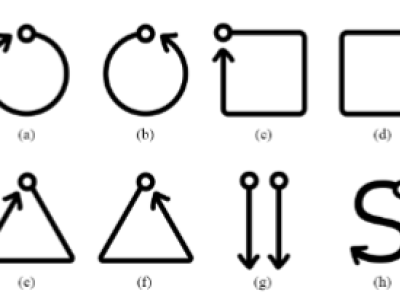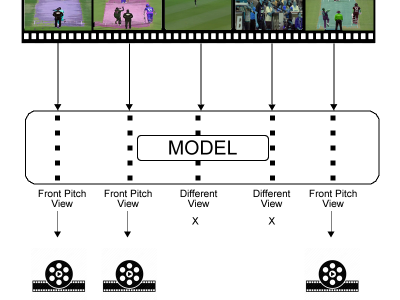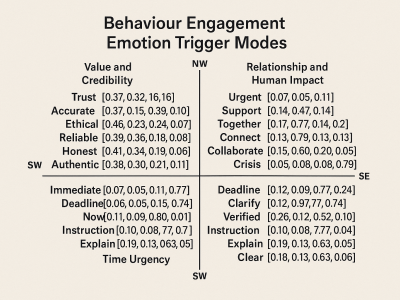Abstract
- Categories:
Abstract

Hamstring Injuries (HSIs) are common among athletes and necessitate extended rehabilitation before Return to Sport (RTS). Post-injury, athletes undergo physical examinations, which often fall short in assessing injury severity or guiding rehabilitation. Therefore, imaging techniques such as Magnetic Resonance Imaging (MRI) are used to evaluate the injury more comprehensively, aiding in the assessment of optimal rehabilitation and RTS timelines. Given the significant impact of HSIs on athletic careers, early prediction is essential.

The dataset is constructed using SUMO. It contains two road network datasets of different scales: a small-scale network (SR) and a larger regional network in Shenyang (SY). The dataset was constructed using the SUMO simulation platform, containing two road network datasets at different scales: a small-scale test network (SR) and a regional-level Shenyang network (SY). The SR network comprises 110 road segments, while the SY network contains 514 segments.

This dataset comprises high-resolution 3-axis accelerometer recordings collected from human participants performing distinct hand gestures, intended for training gesture-based assistive interfaces. Each participant’s raw motion signals are individually organized, enabling both user-specific and generalizable model development. The dataset includes time-series accelerometer data, along with a feature-augmented version containing extracted statistical and temporal descriptors such as RMS, Jerk, Entropy, and SMA.

This data provides a comprehensive collection of air quality and meteorological data from several large cities in India. With 1,410 records, it includes key characteristics like the Air Quality Index (AQI) according to both U.S. and China standards, temperature, atmospheric pressure, humidity, wind speed, wind direction, and timestamps.

Fair Use for Academic Research: If you use this dataset, please cite the following paper to ensure proper attribution
M. A. Onsu, P. Lohan, B. Kantarci, A. Syed, M. Andrews, S. Kennedy, "Leveraging Multimodal-LLMs Assisted by Instance Segmentation for Intelligent Traffic Monitoring," 30th IEEE Symposium on Computers and Communications (ISCC), July 2025, Bologna, Italy.
Preprint available here: https://arxiv.org/pdf/2502.11304

This dataset includes conjunctival and retinal images collected from both diabetic and healthy individuals to support research on diabetes-related vascular changes. For each subject, eight conjunctival images (four per eye: looking left, right, up, and down) are provided. Subjects with diabetes additionally have corresponding left and right retinal fundus images. Metadata for diabetic participants includes classification into subgroups: diabetes only, diabetes with retinopathy, or diabetes with related complications such as hypertension.

<p><span style="font-family: 'Times New Roman'; font-size: medium;">This is the data set used for The Third International Knowledge Discovery and Data Mining Tools Competition, which was held in conjunction with KDD-99 The Fifth International Conference on Knowledge Discovery and Data Mining. The competition task was to build a network intrusion detector, a predictive model capable of distinguishing between ``bad'' connections, called intrusions or attacks, and ``good'' normal connections.

The use of technology in cricket has seen a significant increase in recent years, leading to overlapping computer vision-based research efforts. This study aims to extract front pitch view shots in cricket broadcasts by utilizing deep learning. The front pitch view (FPV) shots include ball delivery by the bowler and the stroke played by the batter. FPV shots are valuable for highlight generation, automatic commentary generation and bowling and batting techniques analysis. We classify each broadcast video frame as FPV and non-FPV using deep-learning models.

This dataset presents a curated collection of 9,000 English verbs annotated with normalized fuzzy values across four cognitive-behavioral quadrants of the BEET-M (Behavior Engagement Emotion Trigger Modes) model: Value & Credibility (NW), Relationship & Human Impact (NE), Process & Information (SE), and Time Urgency (SW). Each verb is assigned fuzzy scores summing to 1.0, along with a corresponding binary vector marking its dominant influence quadrant.